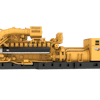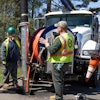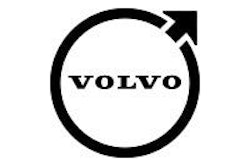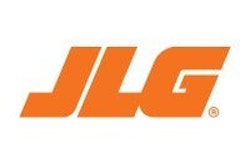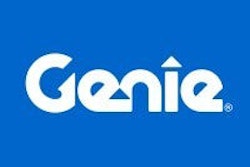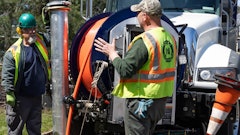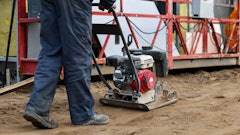Despite a stubbornly sluggish residential construction market, and a yet-to-be-passed federal highway bill that threatens to stunt a fledgling recovery for the construction market, the U.S. equipment rental industry is holding its own and showing promising signs of an economic turnaround.
Consider that the biggest chain operations are consistently reporting quarterly gains in rental revenues. RSC, for example, just posted a 19.6-percent fourth-quarter rental volume increase. Likewise, the company posted a 16.8-percent jump in total revenue. Utilization increased to 67.7 percent, compared to 56.3 percent at the same time last year.
For its part, United Rentals saw rental revenue increase 10.4 percent for the fourth quarter of 2010, compared with the same period last year, reflecting year-over-year increases of 1.2 percent in rental rates. Interestingly, time utilization for the firm increased 7.5 percentage points to set a fourth quarter record, and increased 4.9 percentage points for the full year to 65.6 percent, setting a full-year record.
While more difficult to quantify with earnings reports, it appears smaller rental businesses have reason to be optimistic as well. According to the American Rental Association’s recently released Economic Survey of Members, More than 80% of rental store owners and managers expect 2011 to be a much better year than 2010.
Nearly 70% of the respondents expect to spend more on new rental equipment purchases in 2011 compared to 2010, a significant increase over last year. The spending expectations of general members also match up with the sales forecasts of ARA associate member equipment suppliers as more than 83% of the associate member survey respondents expect increased sales into the rental channel, including 52% that expect double-digit sales increases.
Echoing the ARA’s results are recent sales reports from major equipment manufacturers. For example, Volvo Construction Equipment reported a sharp increase in sales and profitability in 2010, amid improving conditions in the industry. The company also increased unit sales by 70 percent – selling an all-time-high of 66,000 machines during the year.
One area of particular importance to rental businesses is the health of the access equipment market, which is finally showing signs of growth. Terex Corp.'s AWP division recently reported increased net sales for the fourth quarter of 2010 by $135 million, or 66.3 percent, vs. the fourth quarter of 2009. The company said the North American market continued its recovery with increased capital expenditures from rental companies, and the U.S. is showing a specific rebound in demand for aerial work platform equipment.
Similarly, JLG reports sales rose 30.4 percent for the final three months of 2010. The increase in sales was credited to the replacement of aging fleets in North America, economic growth and increased production adoption in emerging markets, as well as increased demand for military telehandlers. Still, Oshkosh said that despite the replacement activity in North America, sales remained significantly lower than historical levels in North America due to tight credit and a weak construction market.
These are just some of the positive signs that momentum is building for the economic recovery of the equipment rental market. Most agree that 2011 will be significantly better than 2010, although still not up to levels seen prior to the downturn of 2008. Savvy rental businesses have trimmed inventory to levels allowing better utilization and some are beginning to see rates inching upward. While the market is by no means out of the woods, it is encouraging to see indications of a strengthening recovery.
Hints of a Bright Future
Latest in Rental

